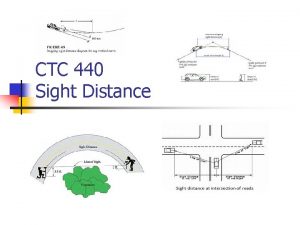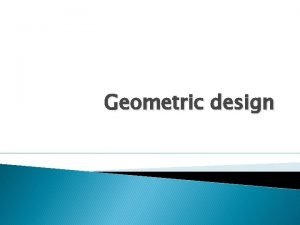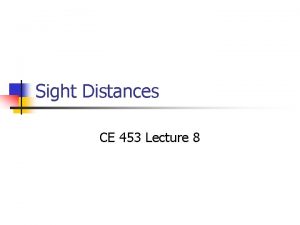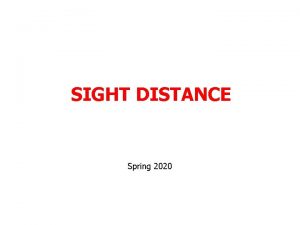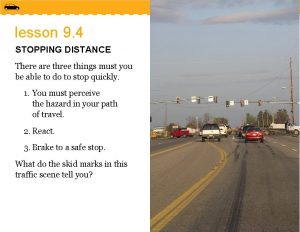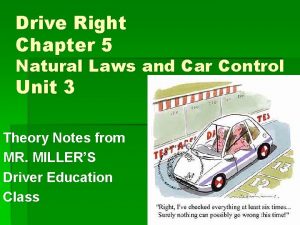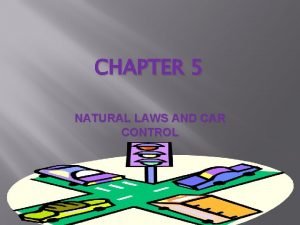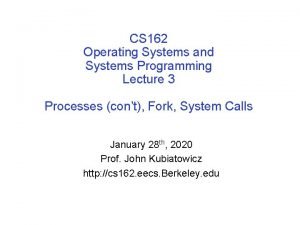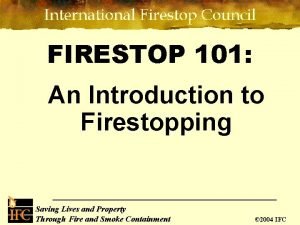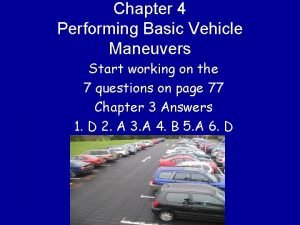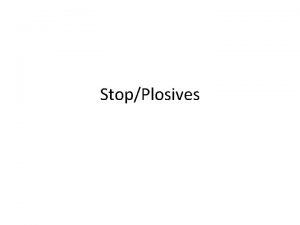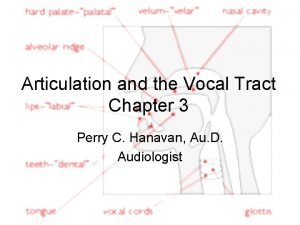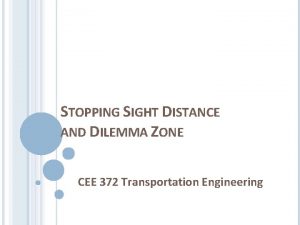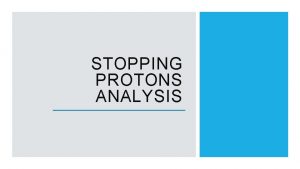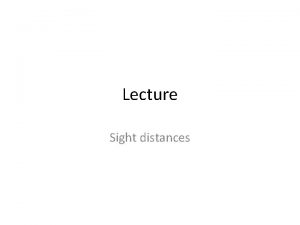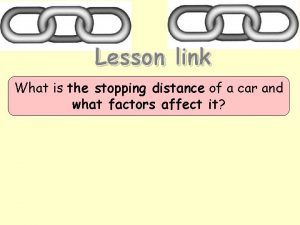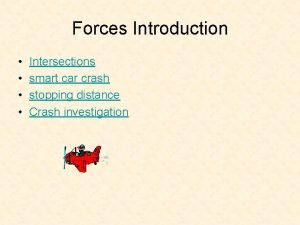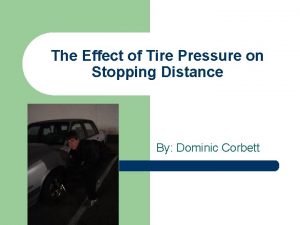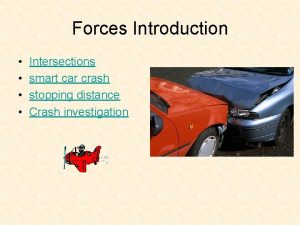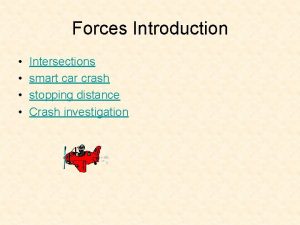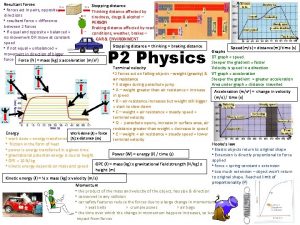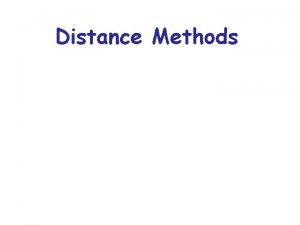SIGHT DISTANCE Spring 2020 Sight Distance Stopping Sight





















- Slides: 21

SIGHT DISTANCE Spring 2020

Sight Distance Stopping Sight Distance Decision Sight Distance Passing Sight Distance Note: A driver’s ability to see ahead is of the utmost importance in the safe and efficient operation of a vehicle on a highway

Example: Sight Distance

Stopping Sight Distance Definition: The available sight distance on a highway that allows a vehicle traveling near the design speed to stop before reaching a stationary object in its path Brake Reaction Time (d 1) Braking Distance (d 2)

Stopping Sight Distance Braking Reaction Time Distance: Where, d 1 = BRT distance (ft) V = Design Speed (mph) t = Braking reaction time (s) Note: Usually 2. 5 seconds is used as the BRT. However, some drivers can take as long as 3. 5 seconds. The absolute minimum should be 1. 64 seconds.

Stopping Sight Distance Braking Distance: Where, d 2 = Braking distance (ft) V = Design Speed (mph) a = deceleration rate (ft/s 2) Note: Deceleration rate for design: 11. 2 ft/s 2 Deceleration rate in emergency: 14. 8 ft/s 2

Stopping Sight Distance Braking Distance (with Grade): Where, d 2 = Braking distance (ft) V = Design Speed (mph) a = deceleration rate (ft/s 2) G = Grade in percent (- for downgrade, + for upgrade)

Stopping Sight Distance Example: Calculate the braking distance for a highway section characterized with a design speed of 60 mph and a 8% downgrade


Stopping Sight Distance: Design Values

Stopping Sight Distance: Design Values

Decision Sight Distance Definition: The available sight distance on a highway needed to detect an unexpected or otherwise difficult-to-perceive information in a roadway environment Decision Time (d 1) Braking Distance (d 2) Same as SSD

Decision Sight Distance General Guidelines: Stop on Rural Highway: 3. 0 s Stop on Urban Highway: 9. 1 s Speed/Direction Change on Rural Highway: 10. 2 - 11. 2 s Speed/Direction Change on Urban Highway: 14. 0 – 14. 5 s Other Areas: Interchanges Toll Plaza Note: In some instances, DSD may not be economically feasible. In these cases, the use of suitable traffic control devices should be provided

Decision Sight Distance: Design Values

T=2. 5 s T=10. 2 s

Passing Sight Distance Definition: The sight distance needed for allowing a faster vehicle to pass a slower vehicle on a two-lane highway Initial Maneuver Distance Clearance Distance Occupying Left-Lane Distance Opposing Vehicle Distance Old Method (no longer used)

Passing Sight Distance: Design Values

PASSING SIGHT DISTANCE • Important design considerations – – The range of speeds are affected by traffic volume Low volume – few vehicles need to be passed High volume – few opportunities to pass Should provide as many as passing sections as possible – Should not be confused with other warrants used for designing no passing zones

PASSING SIGHT DISTANCE • Important design considerations (cont’d) – Overtaking a vehicle is easier for downgrade segments – Need to provide longer passing sight distance for upgrade – In mountainous terrain, it may be more economical to provide for a “climbing lane” – The number of passing opportunities greatly affects the capacity of your facility

Criteria for Measuring Sight Distance Driver Eye Height Passenger Car: 3. 5 ft Large Trucks: 5. 9 to 7. 9 ft SSD Object PSD Object 2. 0 ft 3. 5 ft Object

Measuring Sight Distance
 Stopping sight distance formula aashto
Stopping sight distance formula aashto Stopping sight distance
Stopping sight distance Stopping sight distance
Stopping sight distance Stopping sight distance formula
Stopping sight distance formula Total stopping distance is based on
Total stopping distance is based on Estimate the stopping distance chapter 9
Estimate the stopping distance chapter 9 When an object moves, it acquires
When an object moves, it acquires Four seasons korean movie
Four seasons korean movie Spring and autumn months
Spring and autumn months Spring io conference 2020
Spring io conference 2020 Math enrichment spring 2020
Math enrichment spring 2020 Cs162 spring 2020
Cs162 spring 2020 Blue spring from a distance chapter 1
Blue spring from a distance chapter 1 Firestop training
Firestop training Chapter 6 performing basic vehicle maneuvers answers
Chapter 6 performing basic vehicle maneuvers answers Srim the stopping and range of ions in matter
Srim the stopping and range of ions in matter Stopping of fricatives and affricates
Stopping of fricatives and affricates Coming off amitriptyline weight loss
Coming off amitriptyline weight loss Source filter theory
Source filter theory Chapter 7 family relationships
Chapter 7 family relationships Stopping rules quran
Stopping rules quran Stopping by woods on a snowy evening diction
Stopping by woods on a snowy evening diction
